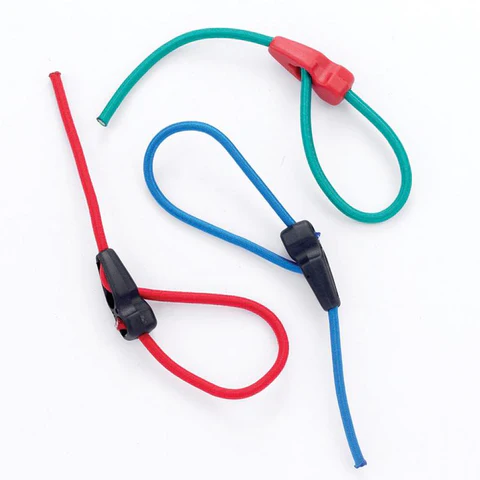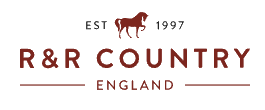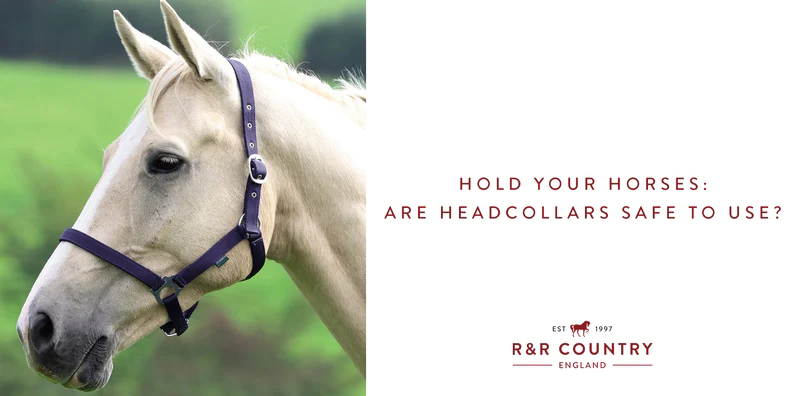The horse headcollar is, without a doubt, an essential piece of tack that is used daily among the equestrian world… Generally used to aid in the care and handling of horses, headcollars can come in various styles, designs and sizes… But have you ever asked yourself how safe your headcollar truly is? Do you take precautions to limit any risks that may be associated with headcollars?
Up until recently, research around the use of headcollars has been extremely limited. An online study published by The Equine Veterinary Education surveyed 5,615 riders and equestrian professionals and questioned them on their experiences with headcollars. As mentioned above, headcollars are certainly an essential tack piece and this study also confirmed that statement with 88% of participants disclosing that they used a headcollar everyday. The study also highlighted that 31% of participants reported experiencing a headcollar related injury… Within this percentage,15% involved an injury to the person handling the horse too. Interestingly, 70% of these injuries happened when the horse was tied up…
How do you tie up a horse safely?

You can never full eradicate the risks associated with tying your horse up with a headcollar and lead rope. However, there are steps you can take to minimize the potential hazards and reduce the risks.
- Tie up using a quick-release knot or a bowline knot – when done correctly these can be undone with ease when needed. Remember to always practice without a horse to ensure you can undo the knot quickly if needed.
- Never tie up with your bridle, always attach the rope to your headcollar and never attach the rope to the bit – this could cause your horse a serious injury if they were to pull back on the rope.
- Always leave enough room for your horse to move its head freely. Tying your horse up too tight can be uncomfortable for them.
- If you’re tying your horse to a solid item, such as a tie ring on a wall, try using a quick release device such as the ‘Hoof It Quick Clip’. If your horse does pull away, this device will ‘give’ and release, reducing the risk of a headcollar related injury or damage to the property.
- Use panic release lead ropes rather than snap hooks.
How do you fit a headcollar correctly?

Ensuring your horse’s headcollar fits properly is also important in reducing the associated risks. Headcollars will generally be sized like bridles (pony, cob, full etc.) You should be able to gauge what size you require from the height and breed of your horse. As a guide the following should apply:
- Just like a bridle the noseband should not be too loose or too tight (you should be able to fit approx. 2 fingers through the noseband). It should sit approximately half-way between the eyes and nostrils, just below the cheek bone. If the noseband is hanging too low it could slip over the nose and limit the amount of control you have when using the headcollar.
- The headpiece should sit nicely behind the ears and over the poll (not leaving a huge space). Having too much space over the poll could cause something to get caught.
- Again, the throat lash should not be too loose or too tight. A good gauge is approx. 3 fingers – this will give the horse enough room to be comfortable.
Is my webbed headcollar unsafe to use?
Studies have shown that typically leather headcollars and safety headcollars will break/release easier under the pressure of a pull. However, that does not mean that synthetic webbed headcollars are unsafe or unfit for purpose. Precautions must always be taken, no matter what, to make sure your horse is safe when wearing a headcollar.





